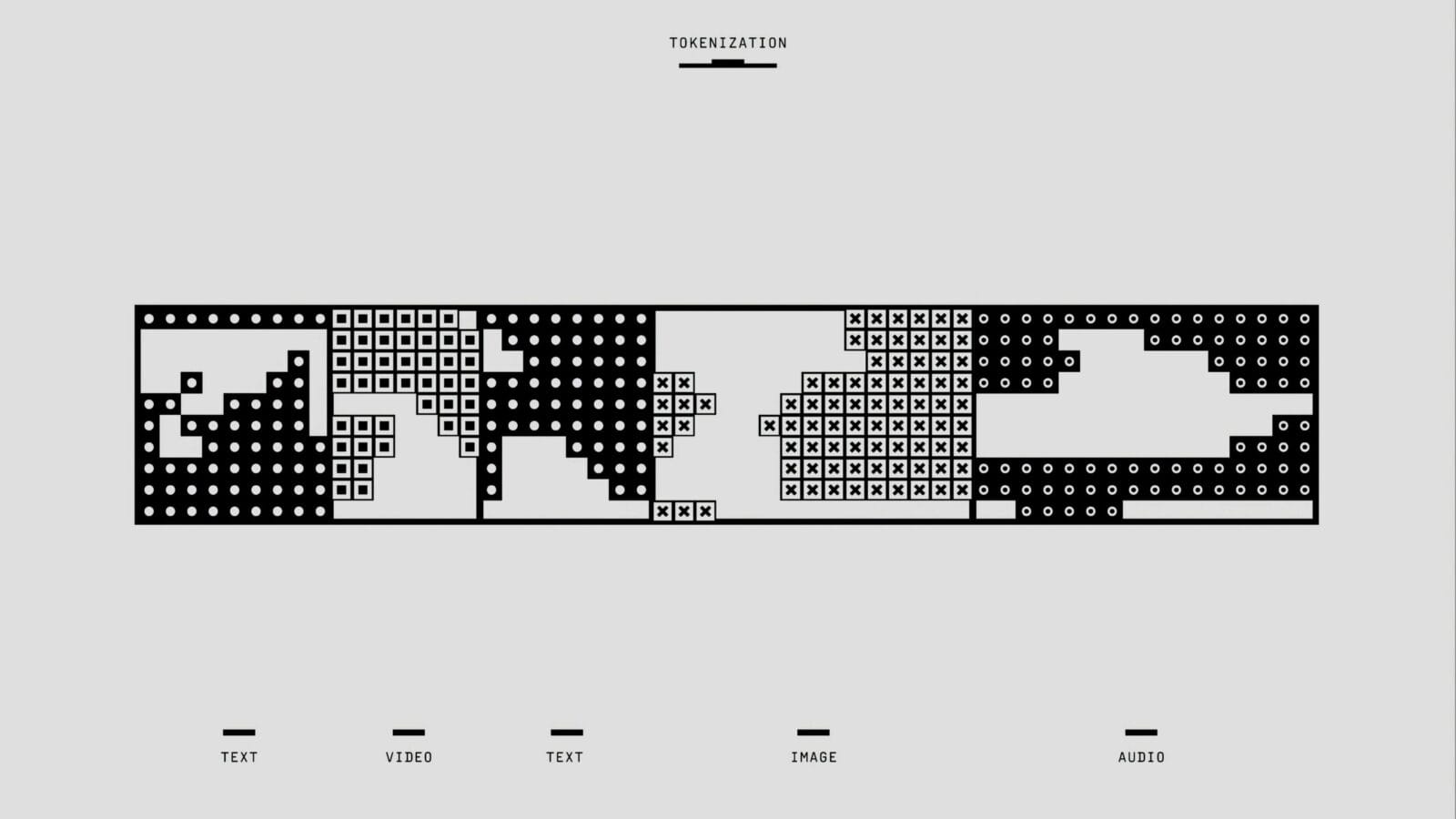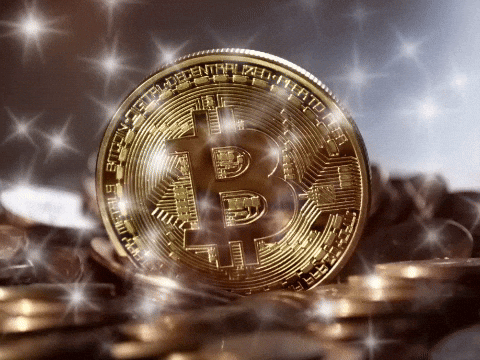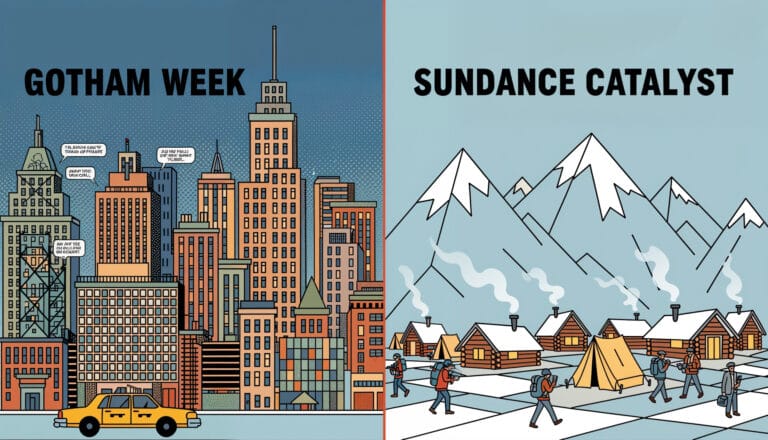Key Takeaways:
- Supply and Demand: Bitcoin price is fundamentally influenced by its fixed supply of 21 million coins and scheduled “halving” events, contrasted with fluctuating demand from retail and institutional investors.
- Macroeconomic Factors: Global economic health, inflation rates, and political instability often push investors toward Bitcoin as a “safe haven” asset, similar to gold.
- Market Sentiment & News: The market is highly sensitive to news, with “FOMO” (Fear of Missing Out) driving prices up and “FUD” (Fear, Uncertainty, and Doubt) causing them to fall.
- Regulation and Adoption: Government policies and the rate at which major companies adopt Bitcoin for payments or as a treasury asset play a massive role in its legitimacy and price.
From my studio here in Bangkok, I spend a lot of time thinking about systems—the narrative systems in a film, the technical systems in an AI pipeline, and the creative systems that help us make our work. But there’s another system that’s impossible to ignore, one that operates in the background of our digital lives: the volatile, often misunderstood world of cryptocurrency. The term “bitcoin price” flashes across news tickers and social feeds, but what’s really behind the dramatic peaks and valleys? As creatives navigating a world of digital assets, from AI art to client payments, understanding this is more than just a financial exercise. It’s about understanding a powerful force shaping our future. Bitcoin price movements aren’t random; they reflect a complex dance between code, global economics, and human emotion. Let’s break down the four key factors you need to watch.

The Core Engine: Decoding Bitcoin’s Supply and Demand
At its very core, understanding bitcoin price begins with the most fundamental principle of economics: supply and demand. Unlike the money in our bank accounts, which can be printed by central banks in response to economic needs, Bitcoin’s supply is mathematically finite. Its creator, the pseudonymous Satoshi Nakamoto, hard-coded a limit of 21 million coins into the protocol. This built-in scarcity is one of its most defining features. To control the release of these coins, a process called the “halving” occurs roughly every four years, which cuts the reward for mining new blocks in half. This systematically slows down the creation of new Bitcoin, making the existing supply more valuable over time, assuming demand holds steady or grows.
The demand side of the equation is a fascinating mix of motivations and players. There are the long-term believers, who see Bitcoin as “digital gold”—a reliable store of value to hedge against the inflation that erodes traditional currencies. Then there are those who use it for its utility, sending payments across borders quickly and without a traditional middleman. The scale of the buyers also matters immensely. When a retail investor like you or me buys a small amount, the ripple is tiny. But when an institution like MicroStrategy or a major investment fund allocates billions of dollars to Bitcoin, it sends a massive signal to the market, often creating a surge in demand that pushes bitcoin price upward. This dynamic between a fixed, predictable supply and a volatile, emotional demand is the primary engine driving bitcoin price.
For us as creatives, this principle of digital scarcity is something we are becoming intimately familiar with. The entire concept of an NFT, for example, is built on creating verifiable scarcity for a digital file that could otherwise be endlessly copied. Understanding how scarcity drives value in Bitcoin provides a powerful mental model for how we can create value in our own digital work. It’s a reminder that the rules of a system, whether coded into a blockchain or into the structure of a limited edition print series, can define its worth. The precision required to create value in this digital world is not unlike crafting the perfect prompt; mastering the inputs is key, which is something I explore deeply in my AI Render Pro guide.

Macroeconomic Factors: The World’s Economic Weather Report
Bitcoin price doesn’t exist in a bubble; it’s deeply connected to the health and stability of the global economy. Think of it as a small, resilient boat on a vast, unpredictable ocean. When the waters of the traditional financial system get choppy—when inflation rises, national currencies weaken, or there’s widespread economic uncertainty—investors start looking for a safer harbor. For centuries, that safe harbor was gold. Today, many view Bitcoin in a similar light. Because it is decentralized and not controlled by any single government or central bank, it is seen as an asset that can protect wealth from the decisions of politicians and monetary policymakers. This “safe haven” narrative is a powerful driver of demand.
Real-world events constantly test this narrative. For instance, when a major economy announces surprisingly high inflation figures, you might see a corresponding jump in bitcoin price as people seek to move their savings out of a devaluing currency. Similarly, geopolitical tensions, like the threat of new trade tariffs or economic sanctions between nations, create uncertainty that can ripple through all financial markets. During these times, assets that are borderless and censorship-resistant become more attractive. The performance of the US Dollar is another critical indicator. Since Bitcoin is most commonly priced in USD, a weakening dollar can make Bitcoin appear cheaper and more attractive to international investors, often pushing bitcoin price upward.
So, why does this matter to a filmmaker or an AI artist? Because the same global economic currents that affect bitcoin price also affect our industry. A global recession can shrink client budgets and funding for creative projects. High inflation can increase the cost of gear, software subscriptions, and living expenses, impacting freelancers a great deal. Paying attention to these macroeconomic trends doesn’t mean you need to become a day trader. It means developing a broader awareness of the economic environment you’re operating in. It can help you make smarter decisions about when to save, when to invest in new equipment, and how to price your services for an international client base.
Market Sentiment: The Pulse of Hype and Fear

Beyond the cold, hard numbers of supply and macroeconomics lies a far more chaotic and human force: market sentiment. The crypto market, more than most, runs on emotion. Two acronyms are essential to understanding this: FOMO (Fear of Missing Out) and FUD (Fear, Uncertainty, and Doubt). A single piece of positive news—like a major company announcing it will add Bitcoin to its balance sheet—can trigger a powerful wave of FOMO. People rush to buy, not wanting to miss the next big rally, and this collective buying pressure can send bitcoin price soaring. The market becomes a feedback loop of excitement, where rising prices generate more positive news, which in turn fuels more buying.
On the flip side, FUD can be just as potent. Negative news, such as a major crypto exchange being hacked, rumors of a large “whale” selling their holdings, or a prominent figure speaking out against Bitcoin, can spread panic in an instant. This fear triggers a cascade of selling as people try to exit their positions before bitcoin price drops further. This volatility is amplified by the derivatives market, where traders make leveraged bets on the future price. A sudden price drop can trigger a “long squeeze,” a chain reaction of forced liquidations that dramatically accelerates the downward momentum. The collective psychology of millions of traders, reacting in real-time to a 24/7 news cycle, is a huge part of bitcoin price movement on a day-to-day basis.
This constant push and pull between hype and fear should feel familiar to anyone working in a creative field. We see it in the excitement around new technology, like the release of a groundbreaking AI model, which can create a gold rush of adoption and experimentation. We also see it in the skepticism and doubt that follows. Navigating this emotional landscape is a skill. It’s about learning to separate the signal from the noise and focusing on the underlying value rather than the short-term hype. In our world, this means developing solid Filmmaking AI Workflows that are resilient to the trend of the week and are based on what truly serves the story.
Regulation and Adoption: The Rules of the Road

As a new and disruptive technology, Bitcoin is still finding its place within the traditional legal and financial frameworks of the world. Consequently, the actions of governments and regulators are one of the most powerful external forces affecting bitcoin price. A single announcement from a major economic power can send shockwaves through the entire market. For example, when a country like China cracks down on crypto mining or trading, it can lead to a sharp decline in bitcoin price due to the fear of losing a massive market. Conversely, when a country like El Salvador adopts Bitcoin as legal tender, or when regulators in the U.S. approve a Bitcoin ETF (Exchange-Traded Fund), it provides legitimacy and opens the door for a flood of new investment, typically causing bitcoin price to rally strongly.
Corporate adoption is the other side of this coin. While regulation sets the rules, adoption by the private sector demonstrates real-world utility and confidence. When a payment processor like PayPal or Block (formerly Square) integrates Bitcoin into its services, it makes the asset accessible and useful to millions of new users. Each company that adds Bitcoin to its treasury reserves or begins accepting it for payments acts as a vote of confidence that helps solidify its position as a legitimate asset class. This slow, steady march of adoption is a key factor supporting Bitcoin’s long-term value proposition. The more integrated it becomes into the fabric of our digital economy, the more bitcoin price is likely to stabilize and grow. This process is crucial to understanding long-term bitcoin price trends.
For creatives, this ongoing dance between innovation and regulation is a familiar story. We see it with AI-generated art and the complex copyright questions it raises. We see it with drone cinematography and the airspace rules that followed. The journey of a new technology from the fringes to the mainstream is often messy, marked by both resistance and breakthroughs. Staying informed about the regulatory landscape—whether for crypto or for AI tools—is no longer optional. It’s about understanding the environment in which we will be creating and transacting in the years to come. The path to mainstream acceptance requires both technical innovation and a deep understanding of the craft, a philosophy at the heart of our Midjourney Mastery Guide.

Internal Links for Further Learning
- Support our blog and learn about the tool I am using with our Essentials and by our merch on the Online Store.
- Master the art of digital creation with our comprehensive guide, AI Render Pro.
- Stay ahead of the curve by understanding and implementing effective Filmmaking AI Workflows.
- Dive deep into the craft of AI world-building with our Midjourney Mastery Guide.
Conclusion

The forces that move bitcoin price are a microcosm of our modern world—a blend of immutable code, global economics, human psychology, and the slow grind of regulation. It’s not just a story about money; it’s a story about how we decide what has value in an increasingly digital age. As creators, filmmakers, and artists, we don’t need to be financial experts, but understanding these undercurrents helps us navigate the future with more clarity. It helps us see the parallels between the systems governing this new asset and the ones shaping our own creative industries. The journey is complex, but making sense of bitcoin price movements is the first step toward finding your place within it.
What other forces do you think are shaping our digital future?
FAQ
What is the Bitcoin ‘halving’ and how does it affect bitcoin price?
The Bitcoin ‘halving’ is a pre-programmed event in Bitcoin’s code that occurs approximately every four years. It cuts the reward that Bitcoin miners receive for verifying transactions and creating new blocks in half. This reduces the rate at which new bitcoins are generated, making the supply scarcer and, in theory, putting upward pressure on bitcoin price if demand remains constant or increases.
Is Bitcoin really a ‘safe haven’ asset like gold?
Many investors treat Bitcoin as a ‘safe haven’ because it is decentralized, has a finite supply, and is not controlled by any government, making it resistant to inflation and currency devaluation. However, it is also much more volatile than gold and is a relatively new asset class. While it has acted as a safe haven during certain periods of economic instability, its long-term status in this category is still being established, which contributes to bitcoin price volatility.
How can news from one country impact bitcoin price globally?
Because the cryptocurrency market is globally interconnected and operates 24/7, regulatory news or major adoption from a large economy (like the U.S. or China) has a significant psychological impact on traders worldwide. Favorable regulations can boost confidence and attract investment, driving bitcoin price upward, while bans or crackdowns can create fear and trigger sell-offs across the entire market, demonstrating how sentiment plays a crucial role in bitcoin price movements.
Discover more from Olivier Hero Dressen Blog: Filmmaking & Creative Tech
Subscribe to get the latest posts sent to your email.













